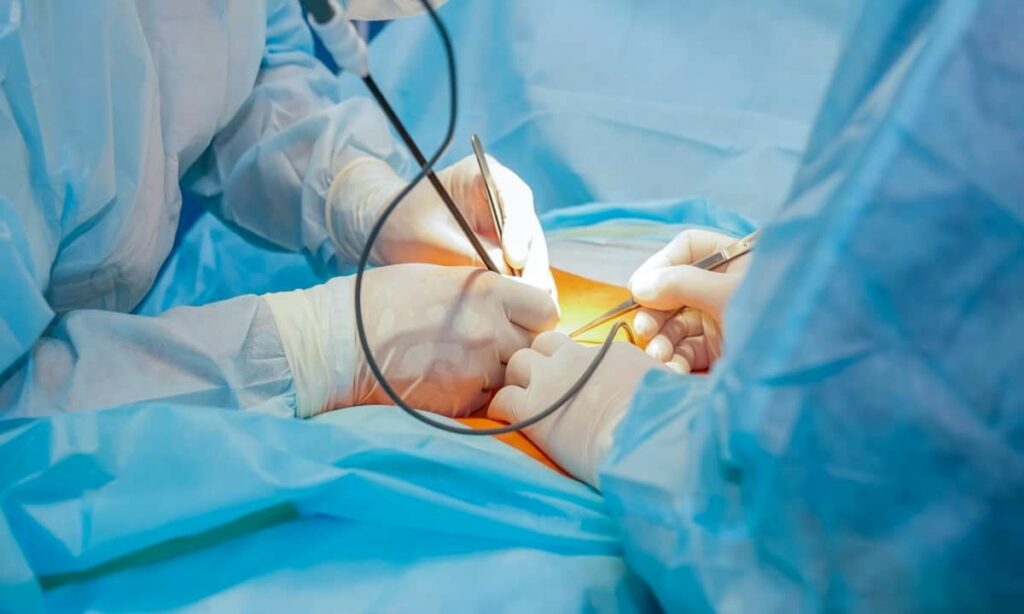What is a diagnostic laparoscopy?

Diagnostic laparoscopy is a procedure that allows a surgeon to look directly at the organs in a patient’s abdomen or pelvis.
“Laparoscopic” (keyhole) surgery is where several small cuts (approximately 1cm or less) are made in the abdominal wall to place a hollow tube into the cavity of the abdomen through which long thin instruments and a camera are passed and allow the surgeon access to your organs.
The abdomen is temporarily inflated with a gas (carbon dioxide) to create the space in which the surgeon works. You must have a general anesthetic while your abdomen is distended by this gas, and at the end of the operation, the gas is released, and the wounds are sutured. Occasionally it may be necessary to extend one of the wounds if a specimen that needs to be removed is larger than the “keyhole.”
Why do I need a diagnostic laparoscopy?
While scans and blood tests give a certain amount of information, sometimes only direct examination of the abdominal organs will give the information needed to confirm a diagnosis. In some conditions, such as cancer, very careful planning is needed. It may begin with laparoscopy to exclude the presence of tiny deposits of additional tumors, which would change the course of treatment. Tissue samples may need to be taken.
How the Test is Performed?
The procedure is usually done under general anesthesia. The procedure is performed in the following way:
-
The surgeon makes a small incision below the belly button.
-
A needle or hollow tube called a trocar is inserted into the incision. Carbon dioxide gas is passed into the abdomen through a needle/tube. The gas helps expand the area, giving the surgeon more space to work and helping the surgeon see the organs more clearly.
-
A tiny video camera (laparoscope) is placed through the trocar to see the inside of your pelvis and abdomen. Small cuts may be made if other instruments are needed to get a better view of certain organs.
-
If you have infertility the dye may be injected into your cervix so the surgeon can view the fallopian tubes.
-
After the exam, the gas, laparoscope, and instruments are removed, and the cuts are closed. You will have bandages over those areas.
A diagnostic laparoscopy lets your doctor:
-
To See your organs
-
If something looks abnormal
-
Take biopsies (tissue samples)
-
Take washings (cell samples)
-
Do other procedures
A laparoscopy instead of a traditional procedure means you may have less pain and bleeding after your procedure. People who have a laparoscopy can usually go home earlier and return to their normal activities more quickly.
Your laparoscopy may be done while you’re an inpatient.
Dr. Aneeta Talwar, Best Gynaecologist in Bangalore can plan your diagnostic laparoscopy based on your symptoms and requirements.

